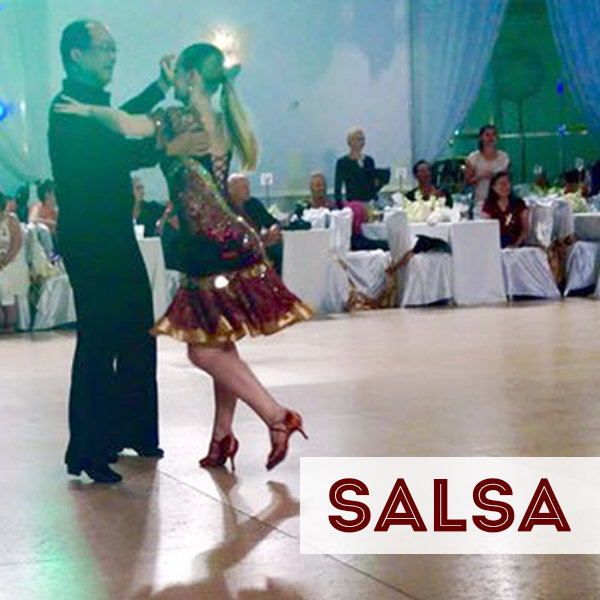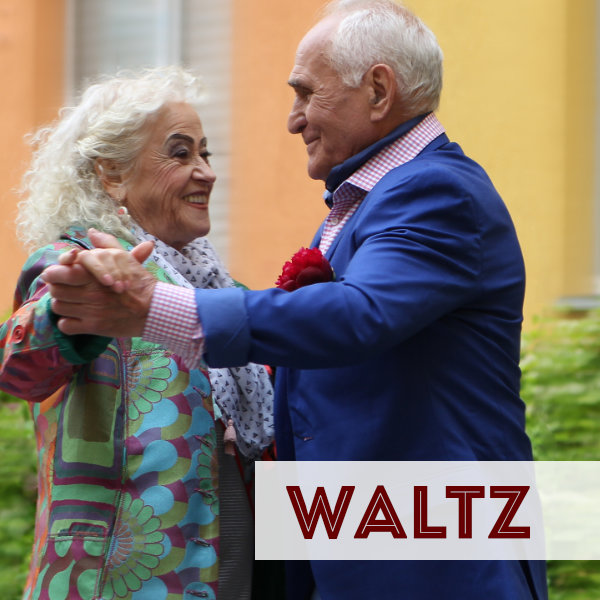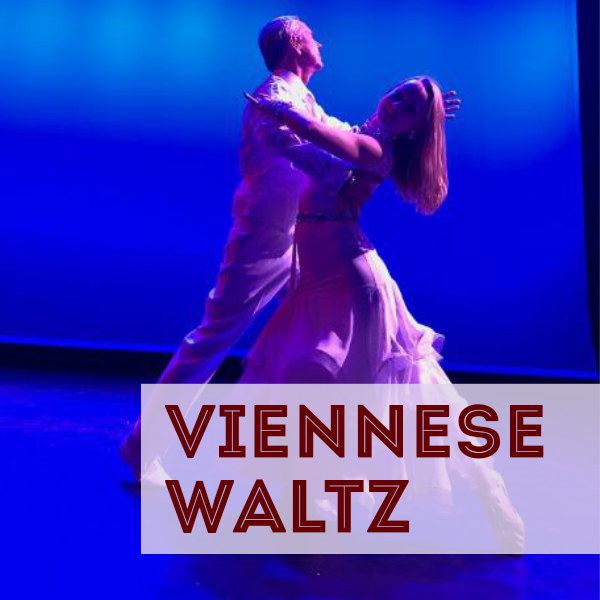Ballroom Dance Styles We Teach
Ballroom dancing is a healthy form of exercise that energizes the mind, body, spirit and soul. It brings together laughter, fitness, fun and inspirational tunes. This balance is what makes dancing such a valuable emotional experience to dancers all across the world. It's one of the reasons we at Anastassia Ballroom love to dance and teach so many ballroom dance courses. We instruct over 20+ ballroom dance styles online or at our dance studio in Leesburg, Florida. You'll find more information about each dance style we teach below: ballet, ballet vaganova, barre, bolero, cha cha, foxtrot, hustle, line dancing, mambo, merengue, paso doble, quickstep, rumba, salsa, samba, east coast swing, west coast swing, Argentine tango, tango, waltz, and Viennese waltz. Start your dance journey at our studio or book your first online ballroom dance lesson virtually from across the globe. Share your dance story with your feet!
Choose From These Amazing Ballroom Dance Lessons & Classes
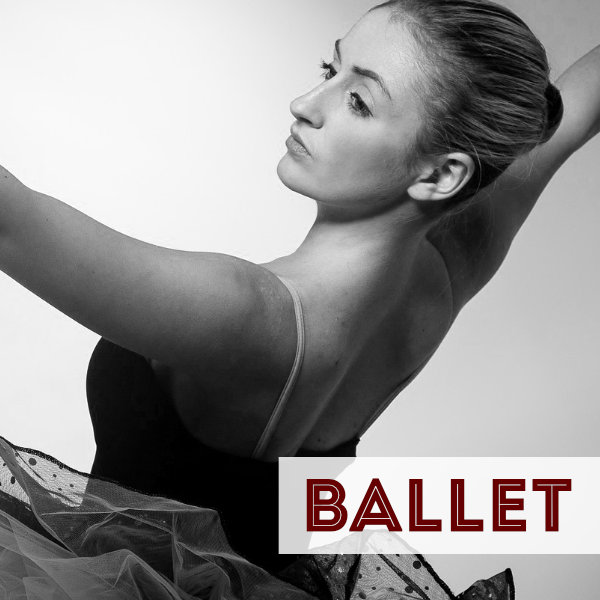
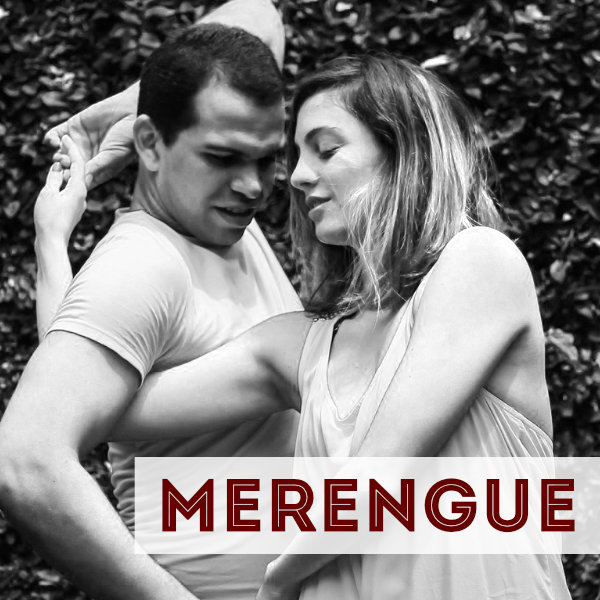
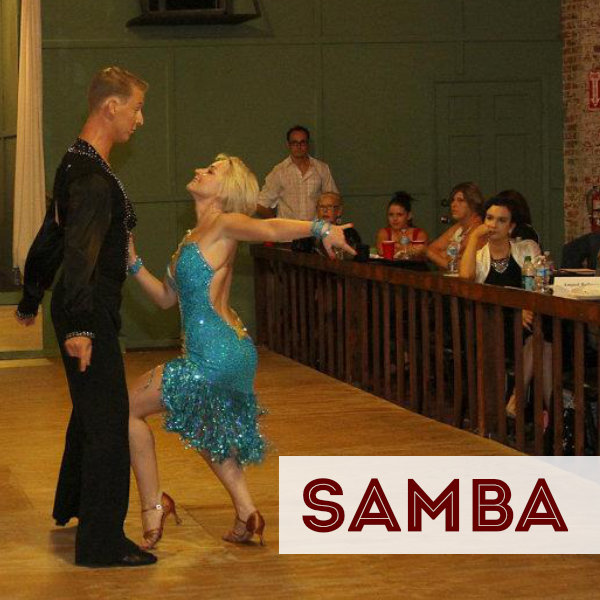
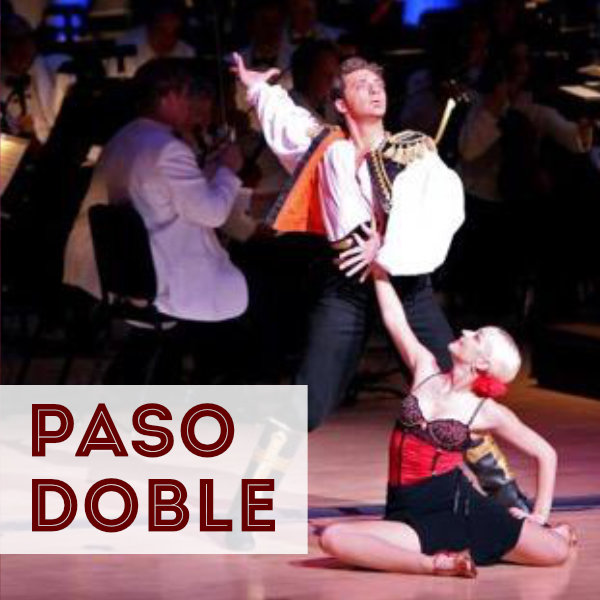
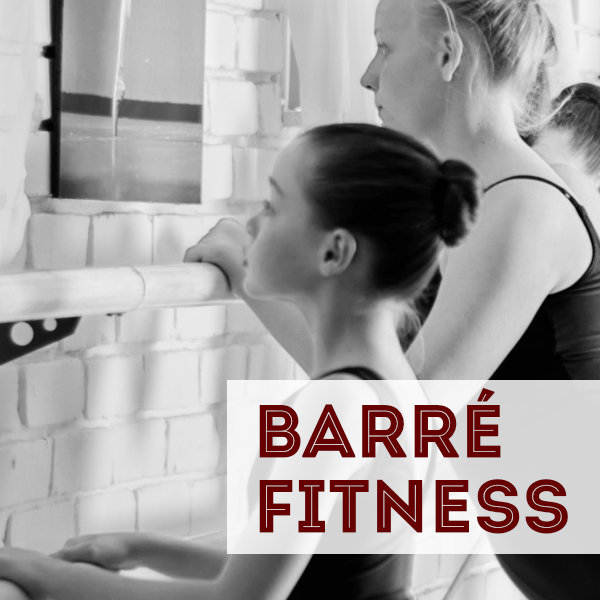
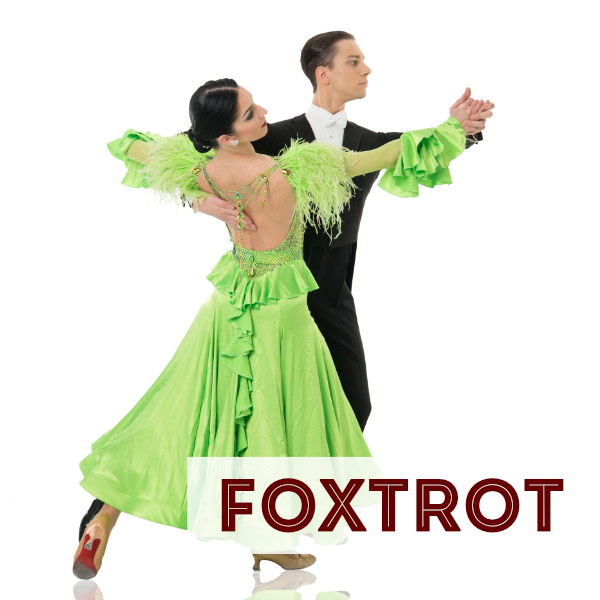
The ideal quickstep dancers seem to appear is if flying in mid-air; their feet scarcely touch the dance floor.
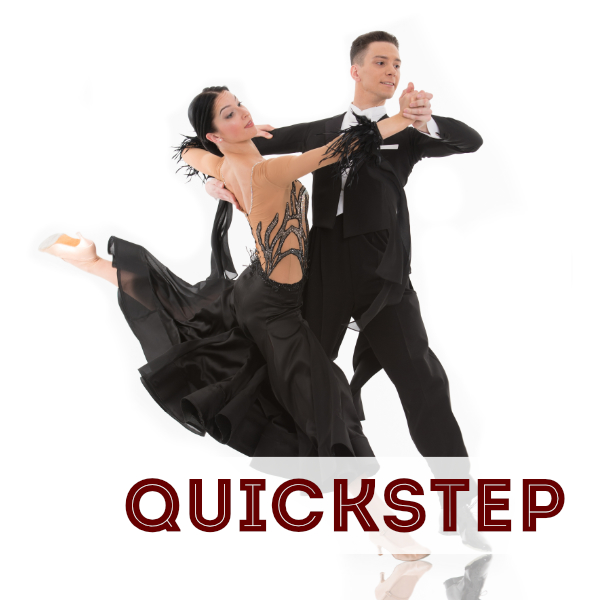
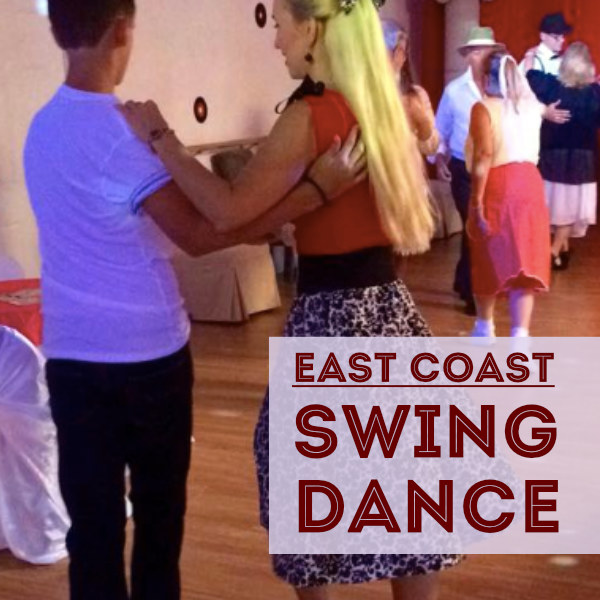
The West Coast Swing became the official dance of California in the late '80s.
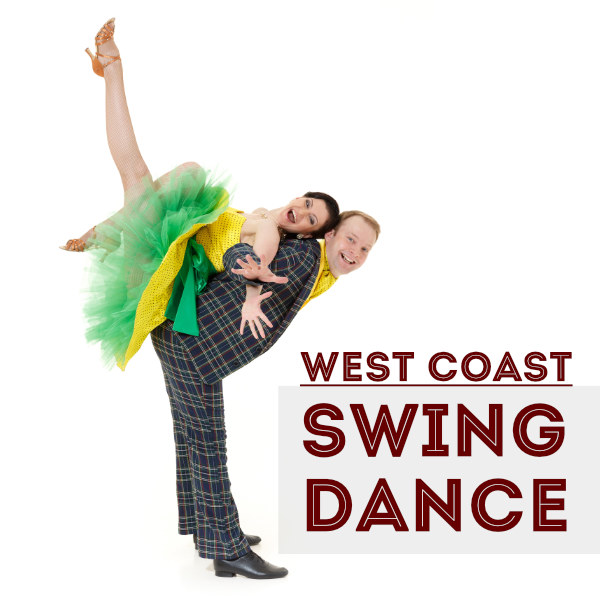
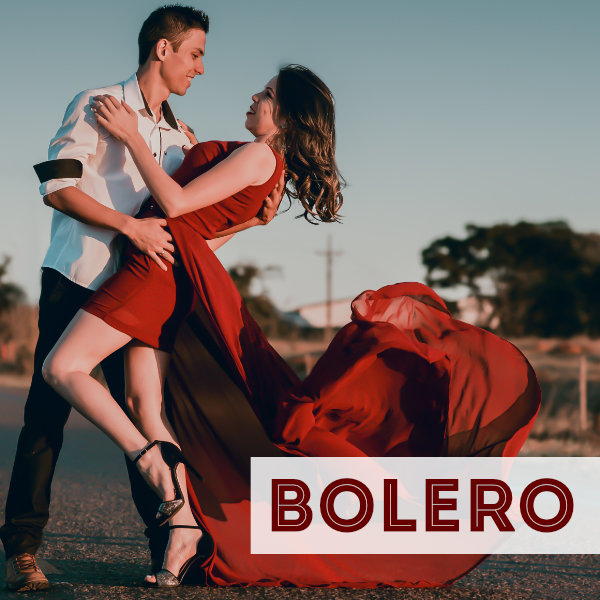
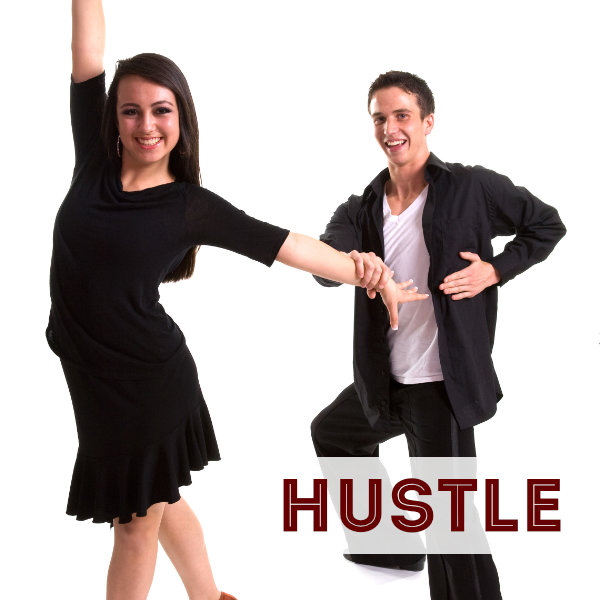
For a romantic dance choice, don't count out the Rumba for your wedding dance option!
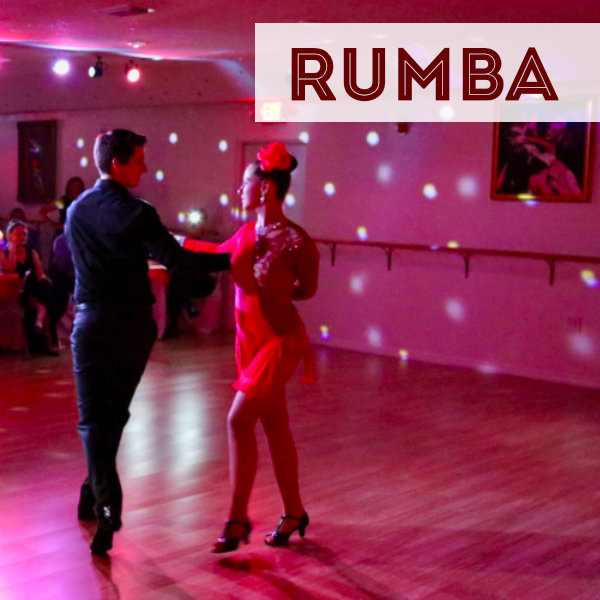
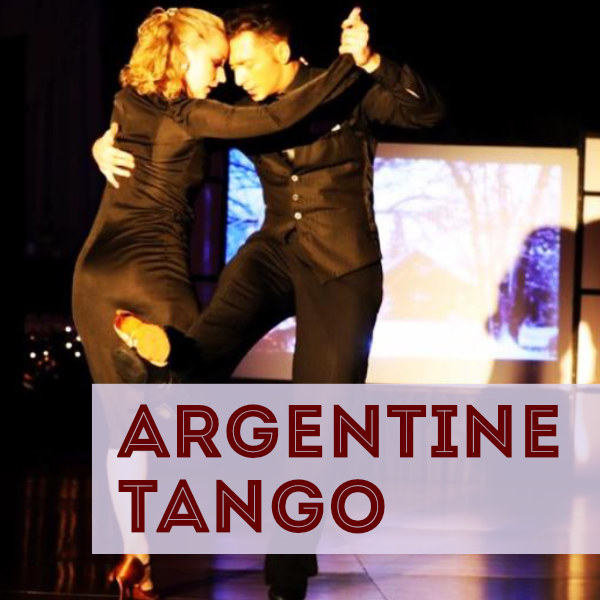
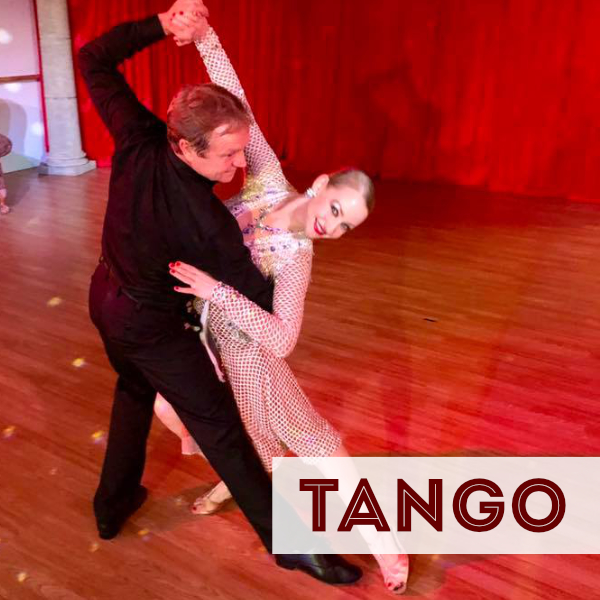
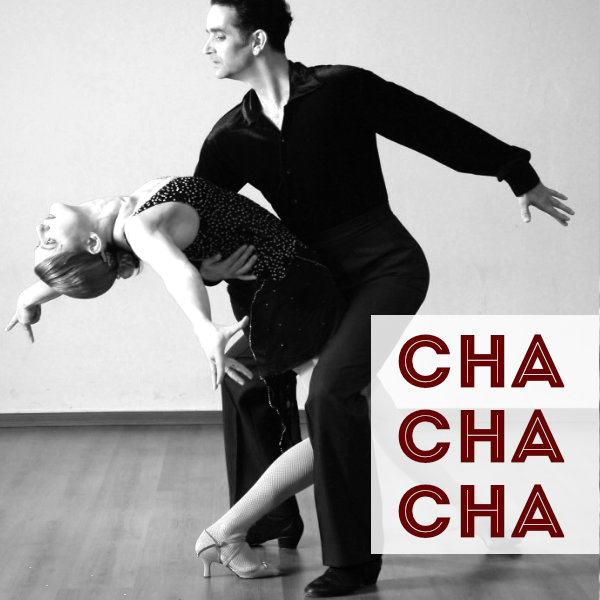
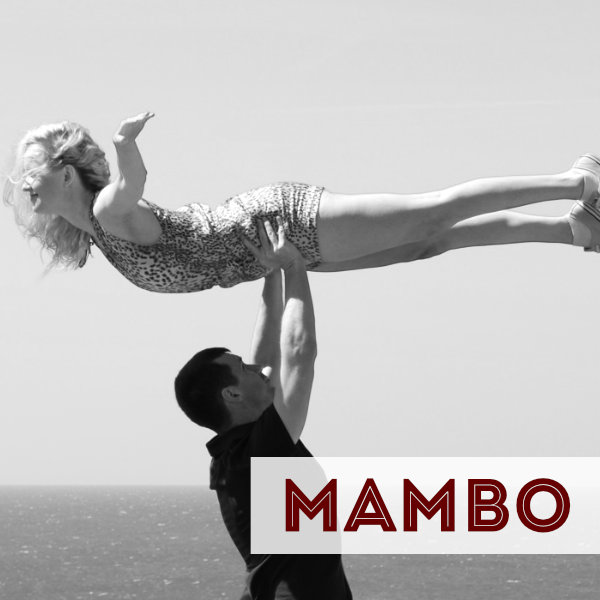
Join the salsa dance craze!
